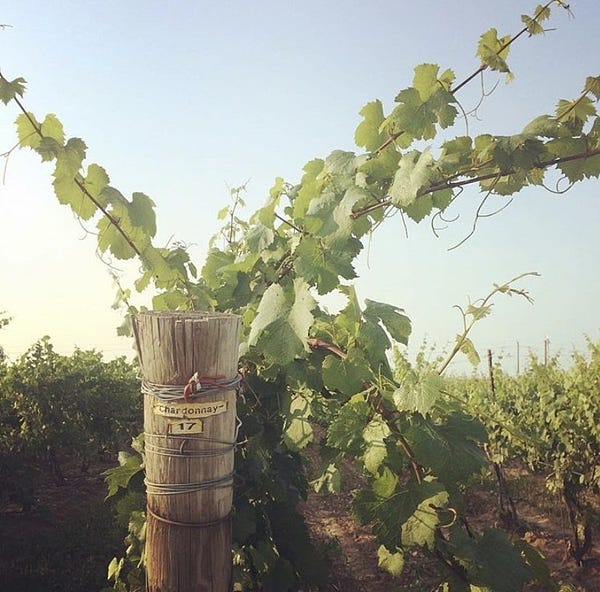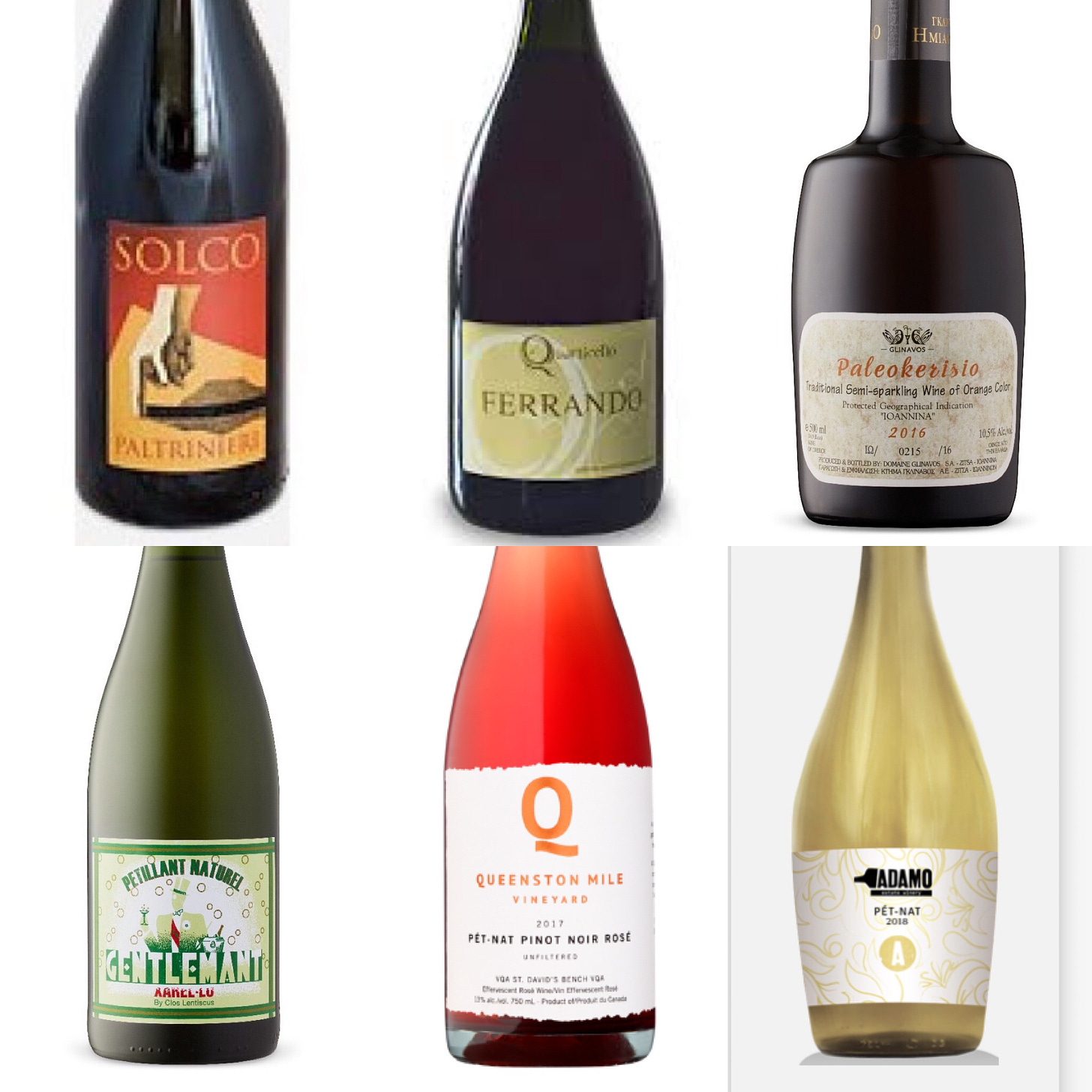The Coolest Grape
The Coolest Grape Has Its Day. Today is #ChardonnayDay and while it grows in both warm and cool climates, Imma focus on Ontario’s cool climate because #local. And because it's particularly well suited to our latitude, climates, soils, and our maturing winemaking. So much so that every year there is a 3-day event held in Niagara to celebrate this cool grape. The International Cool Climate Chardonnay Celebration (the 9th i4C will take place July 19-21) began because a few Ontario winemakers felt it deserved a renaissance, and to refute the “Anything but Chardonnay” movement. The ABC backlash started with the boredom of McChardonnays (lol, BepCro), meaning those warm-climate, full-bodied, oaky and buttery Chards got tiresome for some people (myself included, but there was a time I liked a big buttery “winter white”, but my palate has shifted to less super-sized wines). The #coolclimate chardonnays have a crisp acidity, but with a zesty creaminess, and some of my recent favourites have been from Leaning Post, Pearl Morissette, Hidden Bench, and Trius.


Retiring a $1 Million Nose and Palate. U.S. wine critic Robert Parker - who started The Wine Advocate in 1978 - announced his retirement from the wine writing biz. He has been called the father of modern wine criticism and the most influential wine critic in the world. But he also declared natural wine a fraud; ranted against obscure grapes; and has been put on blast for the 100-point scoring system he helped popularize, particularly by natural wine advocate Alice Feiring, who wrote a book about "Parkerization", where winemakers made wines to please Bob’s palate so they would score well. While Parker’s preference for richer wines did exert undue influence on an era of winemaking, he did bring a new level of awareness to wine, and according to some, he existed perfectly for his time and place. But it seems that time and place has changed, with more people seeking out natural wines and obscure grapes. And as relatable as a point system may seem, tasting wine is not a mathematical equation - you can’t standardize palates or winemaking - it’s too fluid and personal, and you end up with, well, standardized wine. I know buying wine can be overwhelming with so many different regions and varieties, but the fun is in figuring out your preferences, because wine is about what you like not what the critics say.

Fizzy Semi-Sparklers like Lambrusco frizzante, Paleokerisio, and Pétillant Naturel (Pét-Nat) can be defined as having 1-2.5 atmospheres of pressure (verus the 5-6 that full sparkling wines have), giving them softer gentler bubbles that make them perfect for a casual celebration. Italy's lambrusco (both the name of the grape and the wine) originated from Emilia-Romagna, and along with Jell-O salads were popular in the 1960s/70s with cheap and sweet brands like Riunite (on ice, that’s nice) in the U.S., and Chiarli Castelvetro in Canada. But they have been making a comeback and it’s easy to see why. The dry (less sweet) ones are fresh with bright acidity that pair well with fatty foods like pizza, or on their own while watching Friends or pondering the atmospheres of pressure. The first one I ever had was from Terroni, where it is sometimes available on their wine list, or by-the-case direct from their wine agent Cavinona. The next few I enjoyed were Paltrinieri Solco dell’Emilia via a Grape Witches tasting, and Quarticello Ferrando via Context Wines, and from then on it’s become my fizzy red of choice. Greece's Paleokerisio revives the well-known traditional semi-sparkling wine of Ioannina. It is a semi-dry skin-contact wine that looks like a liquid sunset glow, and is made from the indigenous white wine grape variety Debina and a little bit of the red variety Vlahiko. It is sometimes available through the LCBO online or from their Greek destination store. And lastly in the lite bubbly category are some Pét-Nats (Champagne’s Cool Kid Sister that is made using the Ancestral Method, where it is bottled before the first fermentation is finished) available from the LCBO online: two from Spanish natural winemaker Clos Lentiscus, Xarel-lo and Malvasia (both $41.85); and two from Ontario, the Queenston Mile Vineyard Pinot Noir Rosé ($40) and Adamo Legacy ($21).


